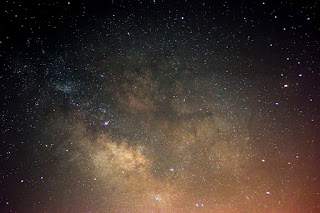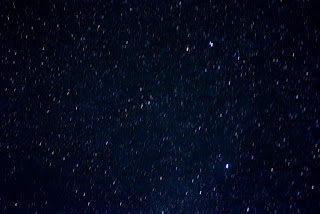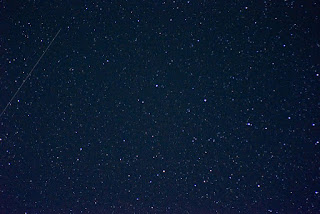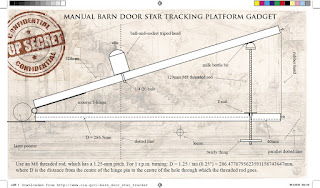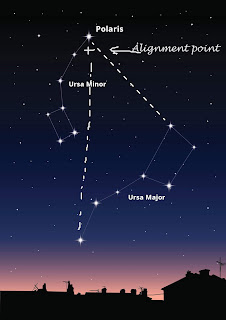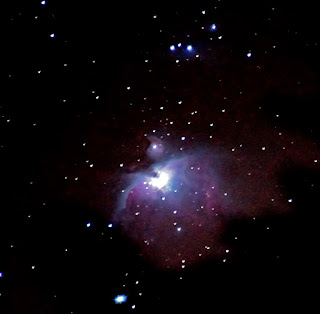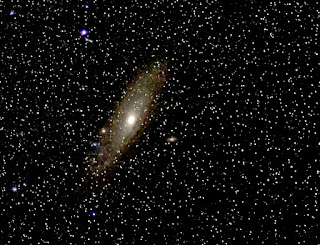 My grandparents took thousands of photographs. Almost all of them using an old Kodak No. 1 box camera or something similar to it. They most likely didn't realize it at the time, but those photographs became a visual record of a family history a few dating back to the mid-1800's while most were captured during the early 1900's forward into more modern times. Locked away inside dogeared envelopes sitting inside old boxes and one old small suitcase resides the evidence of who we were as family.
My grandparents took thousands of photographs. Almost all of them using an old Kodak No. 1 box camera or something similar to it. They most likely didn't realize it at the time, but those photographs became a visual record of a family history a few dating back to the mid-1800's while most were captured during the early 1900's forward into more modern times. Locked away inside dogeared envelopes sitting inside old boxes and one old small suitcase resides the evidence of who we were as family.Dormant emotions are rekindled each time I scan through a few of them. I often stare at some trying to grasp the significance of the moment like the one of my great grandfather, Robert Star Bridgman, as he stands with his hat in his hand and head hanging low mournfully saying his good-bye to my great grandmother who had died three days before my dad was born. Robert Star moved his family around 1896 from Arkansas to Poteau, just up the road from Wister, using a borrowed wagon. There he established several businesses including a hardware store, a Cotton Gin, and a newspaper. The Hardware store which is now a home furnishings store is still in business, almost 120 years now. My dad often said I resembled Robert Star. I have only two photographs of him and both are priceless reminders of my distant past.
And then there is the oval shaped image with my grandfather, Robert Lee Bridgman (Bob), my aunt Mae, and Aunt Goldie, all three obediently sitting in their Sunday best having their photo taken what must have been around 1904 or so. It looks like so many other family portraits from that era until you read what is written on the back. Goldie, who was only two years old or so at the time, shortly after this photo was taken was playing too close to a fireplace and caught fire. She was so badly burned she mercifully died shortly afterwards. My grandfather rarely spoke of the incident but his handwriting carried a distinct backward slant even though he was right handed. I discovered later, handwriting such as this is often an indication of someone having experienced a traumatic event in their past.
There are old photo post cards of Wister, Oklahoma, my ancestral home where my grandparents were born in that area and lived all their life. The old photos are throwbacks to the end of the Victorian era, an innocent capture of a slower time where people are seen dressed in the period style of clothes. Parked along the edge of the still dirt road are early models of automobiles with a horse drawn wagon working its way down the street. Oddly enough, this view of Wister changed little over the years. Most of the old buildings are still there, vacant now and the dirt road is paved. I can when I search through the archives of my own memories relive this exact shot as seen from this perspective as part of my life, a scene I witnessed during a more modern era.
Then there is the photo of the old railroad station depot with a steam train seen pulling in. People are milling around awaiting their turn to board or to meet arriving passengers. That old depot remained in operation until the mid 1950's or so and then stood abandoned for many years until it was unceremoniously torn down. What a loss it was to have such an historic building removed from history. I remember hiking down the tracks with my dad to take a closer look at the building before it was demolished. He pointed out the two waiting rooms where white folks were separated from black folks. It seemed foreign to me even then to think of such things, but history is what it is where prejudice was often the result of fear and uncertainty.
Mingled within the hundreds of photographs are dozens of classic family pictures from around 1930 where my grandfather and grandmother stood beside my dad, a very young and dapper looking fellow. Behind them stood the old home with the water well seen in the back.
Over time they expanded on the home and across the yard trees grew larger. I remember as a lad hauling bucket after bucket of ice cold well water from that old well. It still runs cold and deep.
This one image represents the essence of their photographic work from back then. Sun in their faces, showcasing their Sunday best clothes and their home. What amazing moments from small town Americana.
There are numerous photo's of my dad, probably taken on a Sunday afternoon around 1930, as he stands alone with his boyhood home behind him displayed like the proud example of small town America it was. I played, romped, and stomped all over that big porch that wrapped around the house on the hill, and the yard was filled with adventures and mayhem, as it became my refuge as a boy, much the same way it was when he was the same age.
 Many images of a young and vibrant woman who was my grandmother are in the collection. In 1940 she stands beside a new old bicycle again with their home seen in the background. The yard is what is significant here for it appears large,open, and well kept. A while back I drove by the old place and much has changed. The new owners have allowed the yard to become overgrown with trees and bushes causing it to appear congested and choked. What at one time was a lovely and envious home has become just another run down residence. I was saddened by what I saw.
Many images of a young and vibrant woman who was my grandmother are in the collection. In 1940 she stands beside a new old bicycle again with their home seen in the background. The yard is what is significant here for it appears large,open, and well kept. A while back I drove by the old place and much has changed. The new owners have allowed the yard to become overgrown with trees and bushes causing it to appear congested and choked. What at one time was a lovely and envious home has become just another run down residence. I was saddened by what I saw.My grandmother's brother, my Uncle Polk, lived just across the gravel road next to their home and he was quite the character. I was always a little afraid of him as he was sort of gruff, but harmless, and walked around with a three days growth of stubble on his face. But he was an interesting character who added a colorful flavor to those years.
My dad was an only child but Polk had two sons, Charles and Harold with his first wife who were in essence brothers to my dad for they grew up together. They were cousins, brothers, and best of friends and eventually went off to war together.
 |
| Harold and Yoko on the left. My mom And Uncle Denver (my grandmothers other Brother) on the right |
 |
| Dad on the right, Charles, and Harold |
Uncle Polk remarried and they had four daughters, Jennie, Phyllis, Mary, and Paula. Paula and I were born on the same day if I remember correctly. Their mother, Loney (not sure I spelled that right) was an amazing lady who churned butter on her back steps, and raised her family with an iron will and was perhaps the fattest person I've ever known. Uncle Polk always grew a garden outback and always had a milk cow in the pasture next to their old, unpainted, rickety home. He loved St Louis Cardinal baseball and would sit under the shade tree drinking lemonade listening to the game on his vintage Philco radio. It's been some years ago now, but the old home they lived in caught fire and burned to the ground. They were lucky to get out of the inferno.
 |
| Uncle Polk...man what a Car! |
I suppose I could go on and on about those old days, but space and time makes it difficult to do so. Each of those hundreds of photographs tell a story that still live inside my collective memory. My dad eventually moved us, his family, away and we began a new era of family adventures in new places, but the days before I was born are as real to me as if I lived them myself. Through those old photographs I learned about my family history and today as I browse through the hundreds of digital photographs I've taken, I realize not very many of them are family photos and even fewer of them are printed images. Maybe it is time to return to the habits of that early time and start taking and printing some of these. Someday, just maybe, there will be a family member from a newer generation who just might enjoy revisiting these newer, old days.































